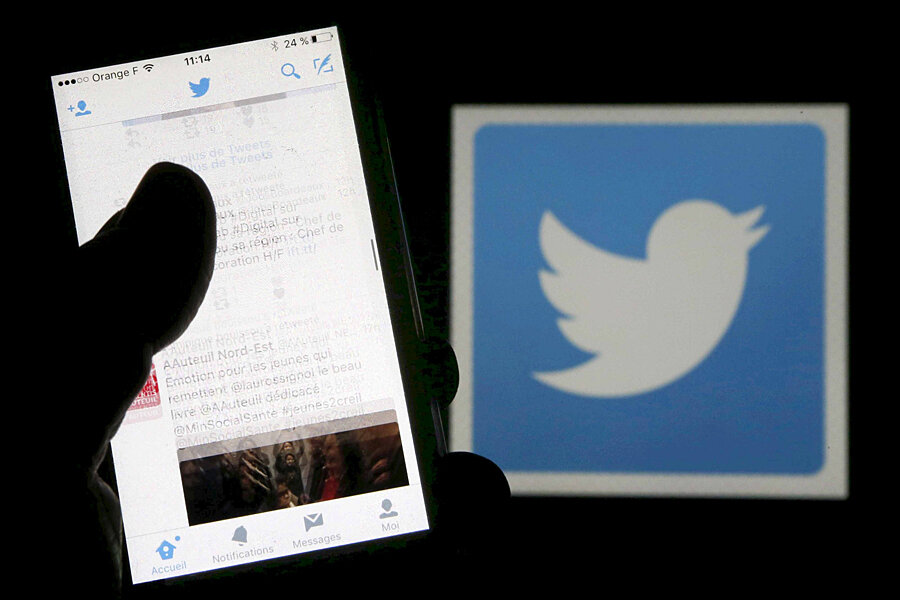Free the linked 23? Why Twitter might revamp its 140-character calculus
Loading...
For many Twitter users, the 140-character limit is what sets the network apart from other social sites. Yet the limit may cause frustration to users who want to share their thoughts while providing visual context.
But that may change soon, as the network is reportedly considering ways to stop counting photos and links as part of its 140-character limit for messages, according to a Bloomberg report.
The change, which could happen in the next two weeks, according to Bloomberg's source, means that users will no longer have to weigh the merits of a longer message with the possibility of including an image or link. Twitter already shortens links automatically, but each link and photos currently take up 24 and 23 characters respectively. Want to add both? Then you only have 93 remaining characters to work with.
Twitter users responded with the usual snarky jubilation typical of the social media forum.
Though the company hasn't officially confirmed the change, it could be a boon for some Twitter users who have resorted to other ways to get around the 140-character limit to communicate with their followers, including using screenshots with long messages, and so-called tweetstorms, or telling a story through a series of consecutive tweets.
Twitter originally adopted the 140-character limit to allow users share send tweets that fit within a mobile text message. The company has stuck with the limit since it launched in 2006, and attempts to increase the limits haven't exactly been embraced. Last January, rumors circulated that Twitter was exploring the possibility of increasing the character limit to 10,000, sparking outrage with some users saying that they would leave the network if increased its character limit.
The company's chief executive officer, Jack Dorsey, took to Twitter to address the concerns saying that the company won't shy away from what people want. "At its core, Twitter is public messaging. A simple way to say something, to anyone, that everyone in the world can see instantly," Mr. Dorsey tweeted out, at the time. "We didn't start Twitter with a 140-character restriction. We added that early on to fit into a single SMS message (160 characters)."
The company has faced stagnant user growth, and its shares have fallen more than 70 percent over the past year, according to Reuters.
It has recently been pushing visuals to its users including, videos, gifs, and polls. As Bloomberg reported, the company signed a deal with the National Football League, earlier this year, paying $10 million for the rights to stream 10 Thursday night games during the 2016 season.
This report contains material from Reuters.






